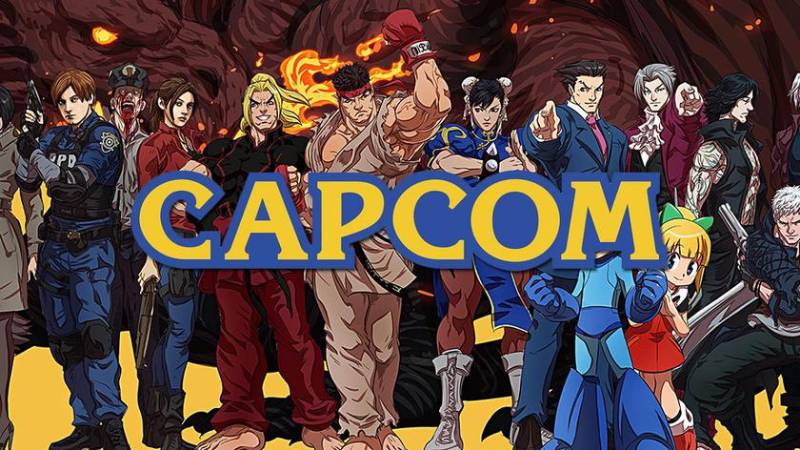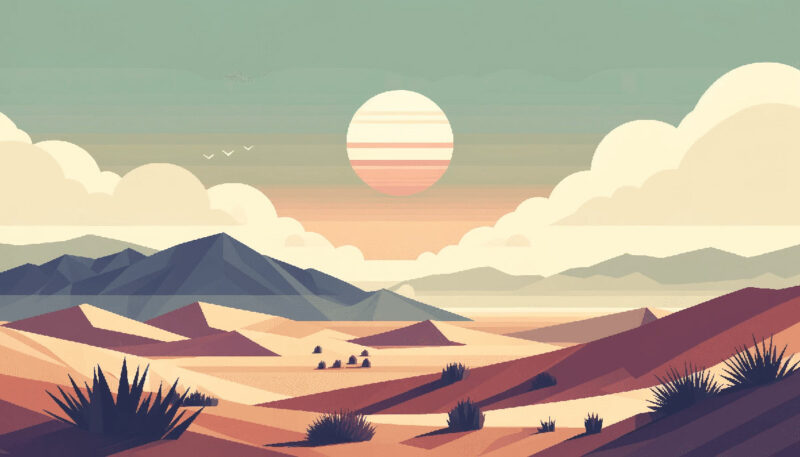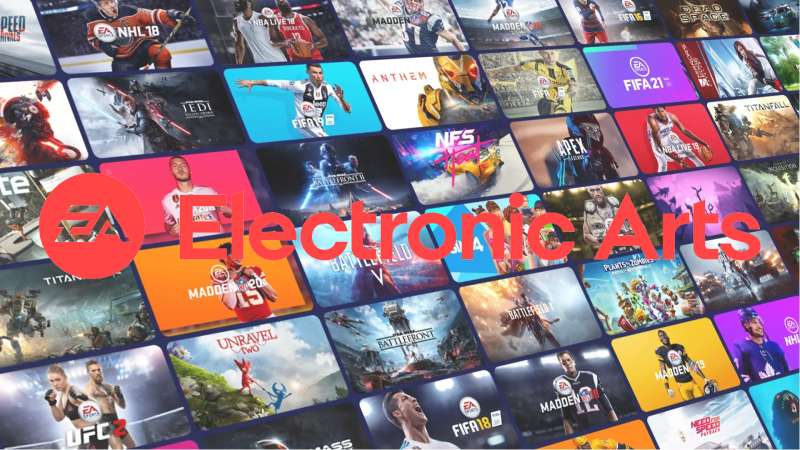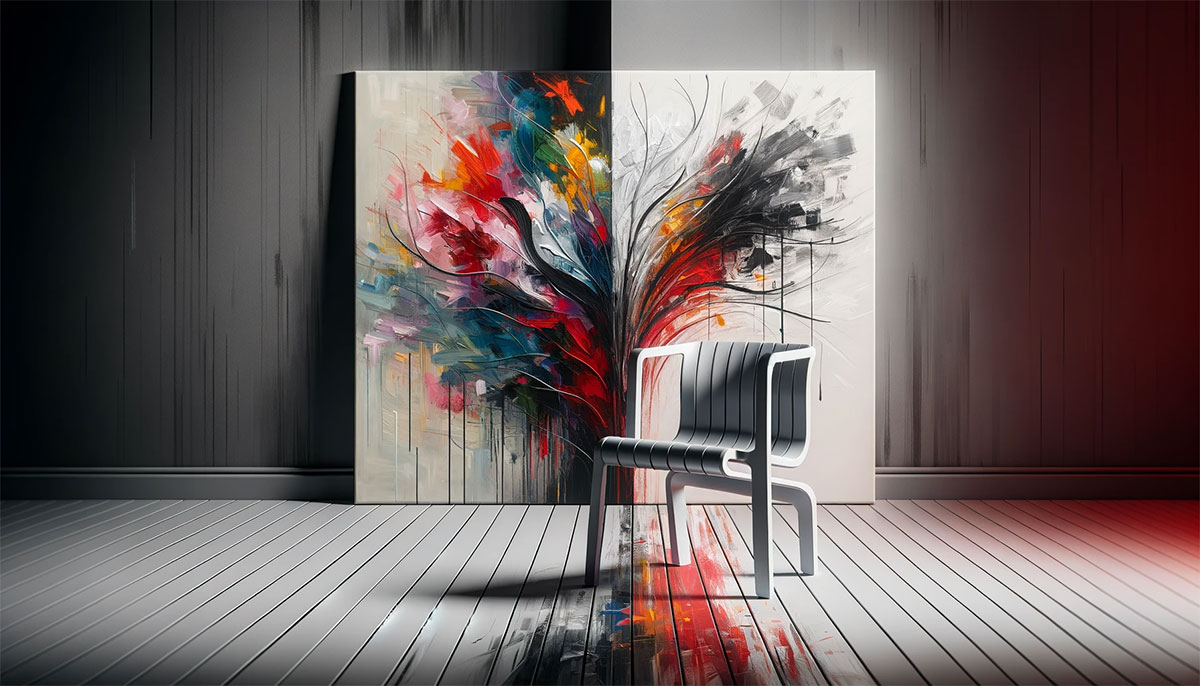The Beauty of Less: Principles of Minimalist Graphic Design
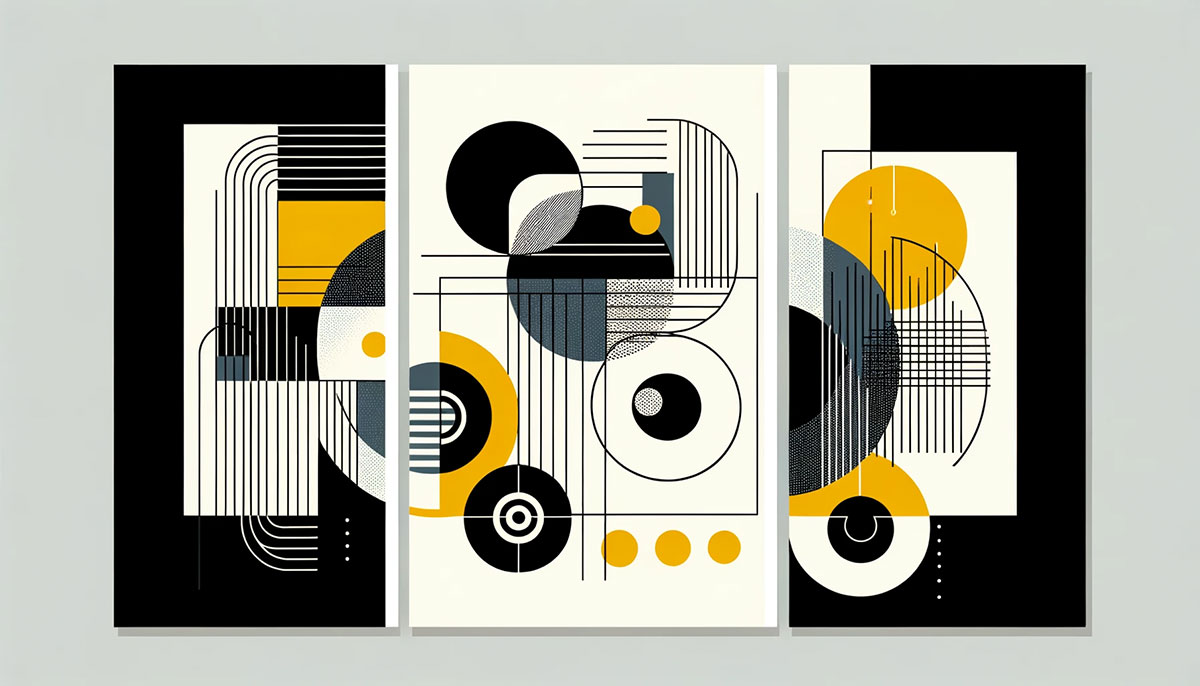
Imagine stepping into a room where the air itself feels crisper, clearer — pure. That’s the essence of minimalist graphic design. Our lives, cluttered with excess, often crave the blank canvas, the restrained palette, the magic of less telling us so much more.
In this seamless convergence of modern aesthetics and functionality in design, we uncover the art of communicating volumes with whispers instead of shouts.
We’re diving headfirst into a world where negative space isn’t just a background actor; it’s the star of the show. Here, every geometric shape, each purposeful line, exists to captivate, compelling you to appreciate the eloquence of simplicity.
By the wrap of our journey, expect to wield the powerful, Zen-like approach that turns minimal design principles into visually arresting statements.
You’ll see how bombers of Bauhaus design movement and titans of typeface selection have distilled their craft to its purest form — and how that can elevate your own work to an ethos, not just aesthetics.
What is Minimalist Graphic Design?
Minimalist graphic design is the art of simplicity, emphasizing a ‘less is more’ philosophy. Focusing on essential elements like clean lines, monochromatic color schemes, and purposeful negative space, it delivers a clear, impactful message by stripping away unnecessary clutter and visual noise.
Why Minimalist Design?
Advantages of Minimalistic Designs
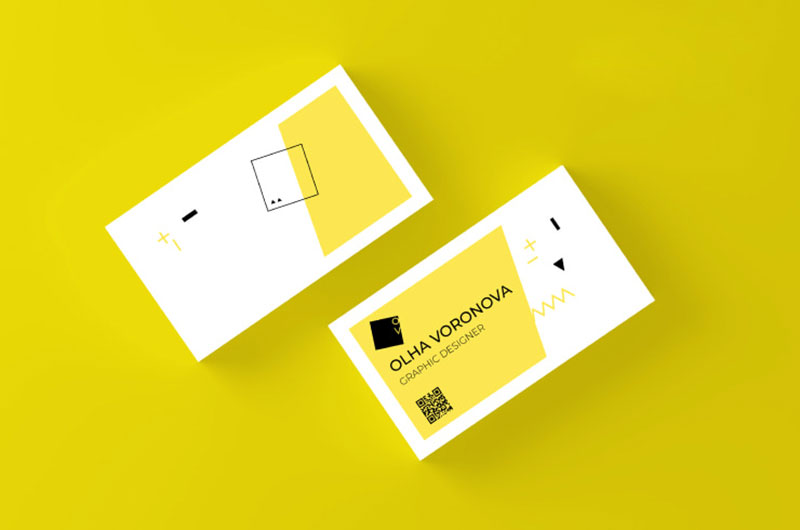
Dive into minimalistic graphic design, and you’ll uncover some serious strengths. It’s a game of focus, driving the viewer’s attention to the heart of the message—a bullseye through the clutter with enhanced readability.
Graphics spring to life, unhindered by excess—every line, every color intentional.
This approach isn’t just about looks; it’s smart, too. Minimalist pieces are often quicker to produce once you’ve mastered the art, trimming down on design time while still delivering stellar work.
Plus, they stay relevant.
Trends come and go, but the clean and timeless nature of minimalist design keeps it from becoming yesterday’s news.
Less really is more here.
Instead of drowning in a sea of elements, a minimalistic design chooses to swim with deliberate strokes, making every detail, from typography to color palette, count.
Principles Of Minimalist Graphic Design

Simplicity
Imagine you’re in a room with just a chair, a table, and a lamp. Everything feels open, unfussy, you know? That’s simplicity in minimalist graphic design at its heart. It’s choosing the airy, comfortable vibe of that room over one packed with knick-knacks.
Chopping down to essential content and functionality means I play with what’s needed—no more, no less. Think about Japanese Zen gardens or those sleek Scandinavian designs; it’s about zenning out the vibe. Each element is like a haiku poem, chosen with purpose, throwing a spotlight on the content that matters.
Functionality Over Form
Now, let’s talk about making things work right. The hottest design isn’t worth a dime if it’s a puzzle to use. So, in minimalist graphic design, the rule is: keep it smart, keep it user-friendly. Before adding a bell or a whistle, I ask myself, “Does it help the user? Does it make the journey smoother?” If it’s a no, that bell can get lost.
This focus on design usability makes sure that you’re not just looking at something nice, but you’re also getting the goods in a way that feels oh so easy.
Visual Hierarchy
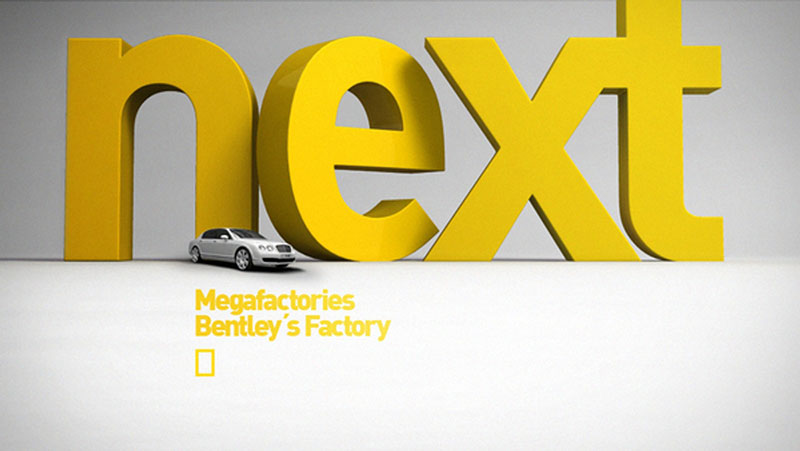
Think of minimalist graphic design as a tour guide. It uses size, color, and placement to take your eyes on a little trip across the page.
Visual hierarchy is about making sure you notice the important stuff first, and that journey? It’s all mapped out perfectly.
Proportions and Grids
Proportions and Grids are the silent ninjas of design. They work unseen, making sure everything lines up with a sense of purpose.
Using grids for structured layouts keeps things balanced—it’s like design yoga, finding alignment and peace on the canvas.
Typography in Minimalist Design
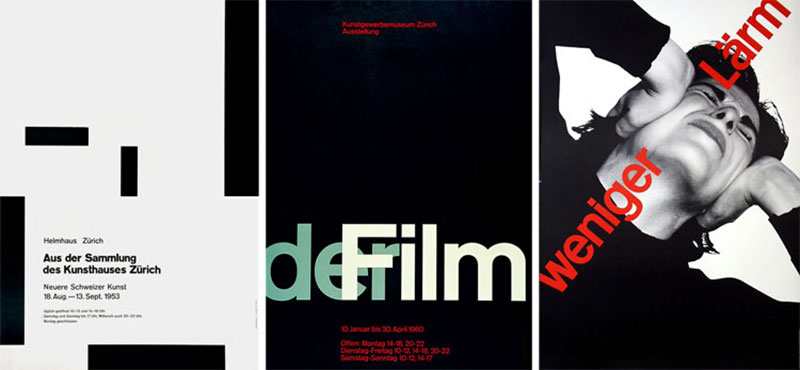
You know those fancy fonts that look like they’re trying too hard? Nope, not here. We go for clarity—like the voice of a good friend. Fonts in minimalist graphic design are like the outfit you wear to a job interview; smart, crisp, no nonsense.
Limiting font variations keeps everything singing the same tune. It’s like sticking to a strict diet of typefaces; maybe just a couple to keep things tight and clean. No one’s getting lost in a jumble of fonts on my watch.
Key Elements Of Minimalist Design
Color Palette
Colors can shout or they can whisper. In minimalist graphic design, they do a bit of both—just enough to guide the eyes without throwing a parade.
We’re talking about a restricted color palette: sometimes it’s all grayscale with a pop of color, other times it’s playing with tints like a jazz musician riffing on a theme.
Negative Space
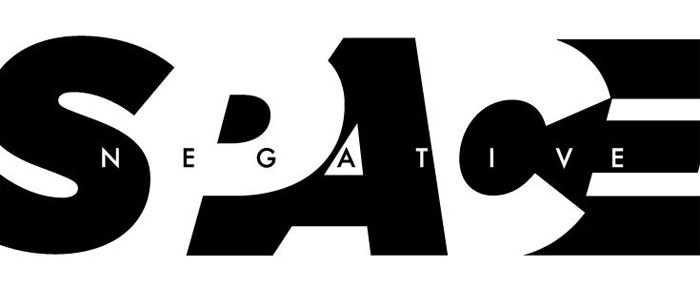
An MVP of minimalist graphic design? Negative space. It’s not just emptiness; it’s the canvas for breathing room.
It emphasizes what matters, creating a visual rhythm that makes content pop like the lead singer on stage.
Simple and Straightforward Fonts
Choosing fonts that are clear as day, that’s the mantra. No swirly, twirly, dizzy stuff. Fonts that hit the message home with a high-five.
And when pairing? Think peanut butter and jelly—not peanut butter and pickles. The right pair can make everything flow.
Applying Minimalist Principles In Design Projects
Designing With Purpose
Minimalist graphic design is like a haiku. Every line, every dot has a role.
Designing with purpose means there’s a reason behind each choice, tailor-made to carry your message across effectively.
Enhancing User Experience
Ultimately, it comes down to one thing—making interaction as smooth as butter.
By simplifying navigation and content consumption, users can glide through your design like they’re on autopilot, finding what they want before they even know they want it.
FAQ On Minimalist Graphic Design
Why Choose Minimalist Design?
Minimalism isn’t a fleeting trend; it’s timelessly relevant. It delivers messages swiftly, without visual chaos. Brands and users alike crave the clarity and ease it offers, making it a go-to for user-centric design where form triumphantly meets function.
Can Minimalism Be impactful?
Absolutely, it’s punchy. The less-is-more approach might sound quiet, but it’s bold in impact. Strategic use of color theory and visual hierarchy means every element counts double—triple, even. It’s the art of making a statement, without the noise.
How Does Typography Factor into Minimalism?
Typography in minimalism is the spine—it holds everything together. The right typeface selection can define a piece, establishing mood and readability. Precise, purposeful font choices carry as much weight as any visual—less room means every letter counts.
What Role Does Color Play in Minimalist Design?
Color in minimalism is like spice in cooking—use with intent. A monochromatic color palette or selective use of flat colors can set emotion, draw focus, or brand identity. Each hue works harder, telling a part of the story on its own.
How to Achieve Balance in Minimal Layouts?
The trick’s in the visual hierarchy. Balance isn’t about symmetry; it’s about the right distribution of visual weight. An element might be small, but set against a vast white space, it stands out. That’s balance—creating harmony through contrast and spacing.
What’s the Biggest Challenge in Minimalist Design?
The challenge? Every. Detail. Counts. With fewer elements, mistakes can shout. It’s a tightrope walk of design fundamentals, where negative space and each line must be considered. Ensuring content and design complement without overshadowing each other—there’s the real test.
How Does Minimalism Enhance Branding?
Minimalism slices through the noise, offering clear branding. In the sea of over-designed logos, a minimalist logo design acts like a blinker, focusing attention. It’s recognizable, scalable, and timeless–ideal for brands looking to make a lasting impression.
Are Minimal Designs Easier to Create?
Easier? Not necessarily. It’s deceptive; minimalist designs demand rigorous thought and discipline. Every line, shape, and shade is a decision that must align with the purpose. The aesthetic might be simplistic, but the process is a meticulous dance of design techniques.
How Has Minimalist Design Evolved?
Minimalism has morphed through eras, from the Modernism wave to digital marketing‘s clean interfaces. It’s felt in user experience—echoing the digital shift towards streamlined, intuitive navigation. It’s an ever-evolving practice, growing with technology and tastes, yet always grounded in its core principles.
Conclusion
In essence, minimalist graphic design is the breath of fresh air in a saturated visual world. It champions the bold and the subtle in one harmonious visual symphony. We journeyed through the realms of clean typography and witnessed how negative space conducts the eye’s movement across a page with masterful precision.
- Elegance surfaced from simplicity.
- Communication grew stronger with fewer words.
- Brands became memorable when their identities were unclouded by excess.
Visual clarity rose as the hero, banishing the villain of clutter, granting each design element its rightful place and purpose. As the final pixel finds its home, what lingers is the unmistakable identity of minimalism—its aesthetic functionality beckoning viewers into a serene, impactful, and clear world.
Remember, the minimalist design isn’t the lack of something—it’s the perfect amount of everything.
- After Dark: Night Color Palettes for Mysterious Designs - 27 April 2024
- The Capcom Logo History, Colors, Font, And Meaning - 26 April 2024
- Earth Color Palettes Grounded in Nature: 40 Examples - 26 April 2024



